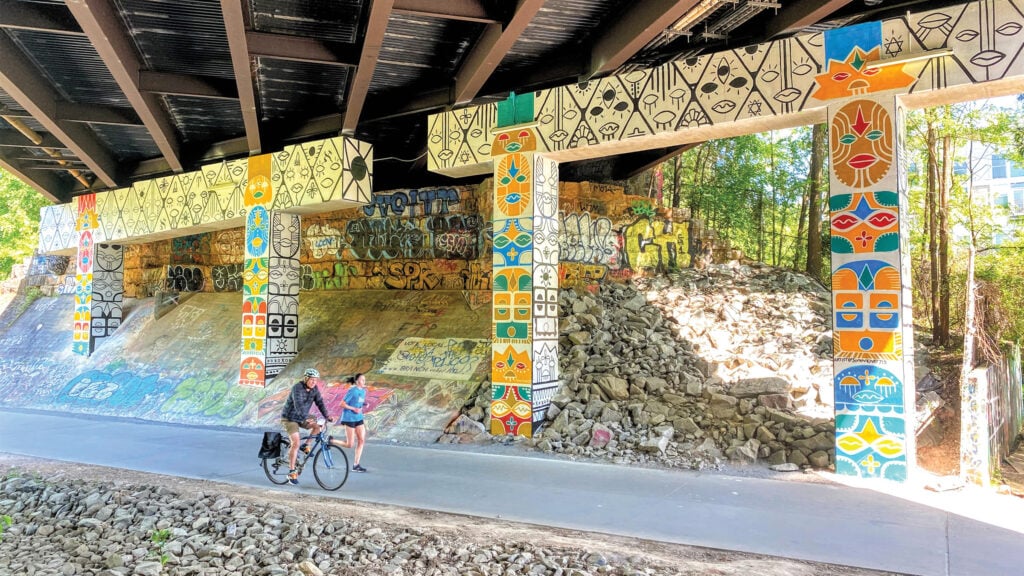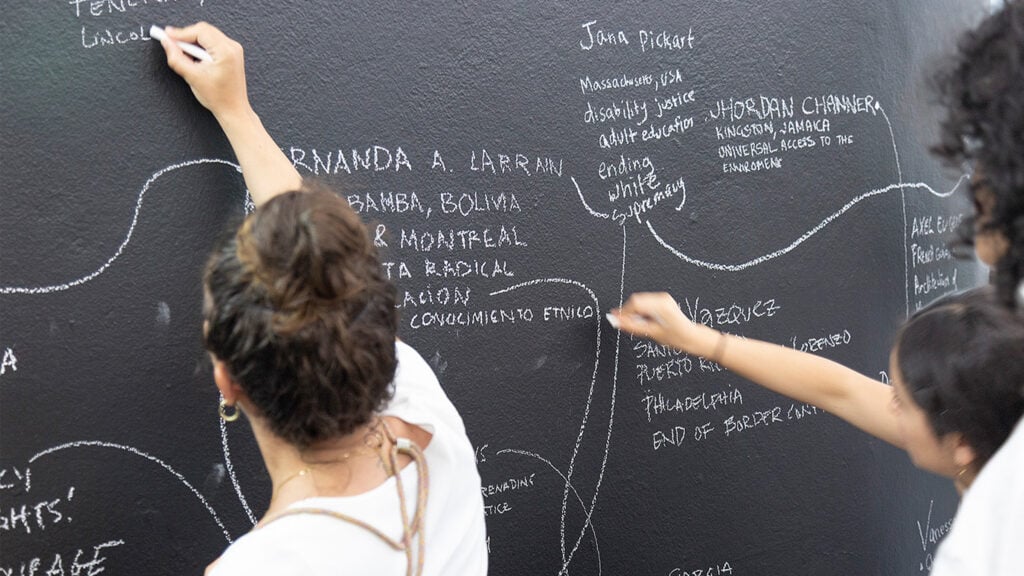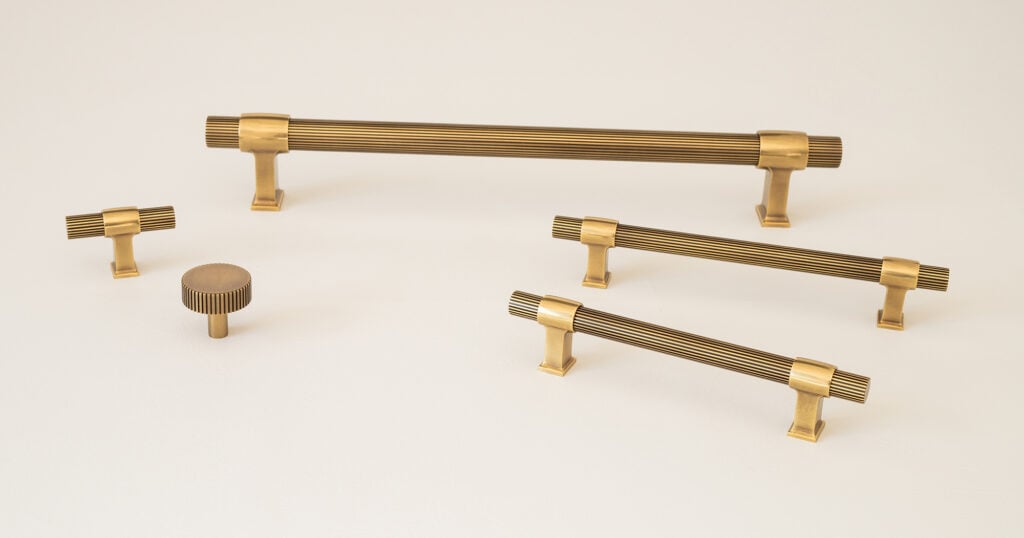
April 29, 2022
Jane Atfield: The Eco-Conscious Designer Way Ahead of Her Time


After Atfield was presented with a sample of the recycled plastic sheet in 1990, she launched a transatlantic correspondence with the manufacturer that led to the realization of the RCP2 Chair prototype for her graduate show at the Royal College of Art in London. The resulting chair, with its simple, Rietveld-inspired form, let the chaos of its surface unearth its own hyper-objectivity. “I loved its expressive qualities, its directness, and integrity. In order for this to sing out I needed the design of the chair not to compete,” says Atfield. Designed to challenge the eventual entropy that entrenches the way we now know plastics behave in the environment, the chair went on to be produced in a batch of sixty. Despite the chair responding to contemporary problems, Atfield felt peerless in the field of sustainable design. “In the ’90s, eco-design was somewhat marginalized and often seen as an eccentricity or a leftover from the hippy movement. At that time, the emphasis was on status and style-driven design, which I felt alienated from,” the designer explains.
In 1993, Atfield founded her own recycled plastics agency, MADE OF WASTE, to encourage the use of recycled plastics within the United Kingdom. The resulting chairs were a shocking, psychedelic blue entirely dependent on the “mix” of plastics found around England. During that time, the RCP2 Chair began to be heavily exhibited, eventually making itself into the collections of the Design Museum London, the Die Neue Sammlung, and Victoria & Albert Museum (V&A), where it is on display in their Design 1900-Now room. By 1998, the company was dissolved (now under new leadership as Smile Plastics) and Atfield went on to work on other design projects within the scope of sustainability, eventually teaching a new generation of designers at London Metropolitan University who would continue her legacy in ecologically friendly design, such as Yinka Ilori, Markus Kayser and Lola Lely.

Now celebrating its 30th anniversary in a retrospective at Emma Scully Gallery, the RCP2 Chair, along with a re-edition table, are on display in three colorways: confetti, blue, and a brand-new black and white terrazzo-style pattern. Scully, who had seen the chair at the V&A, was initially attracted to the chair as an oracle of problems to come regarding issues of conspicuous consumption and single-use plastics.
After months of investigation into the designer’s archives and conversations with Stephen Yemm, Yemm & Hart collaborated with the gallery, producing the plastics for the re-edition line. Noticing that, although produced in various catalogs of design historical tomes, little mention had made mention of her critical role in utilizing recycled plastics in furniture design, influencing a new generation of designers that make with waste. In this way, Scully felt she had a duty to tell the story of the eco-conscious materials innovator. “Sustainable and circular design is central to contemporary conceptual design. One of the biggest design challenges of the next century will be tackling the effects of climate change on humanity,” she explains. “The design field must innovate creative solutions for our new reality and reconfigure manufacturing and supply chains to be greener.”
Visitors to the gallery are often taken aback not only by the reality of the RCP2 Chair’s trashy past, as seen in the fragments of labels, stickers, and logos left behind on the chair’s surface––as if neither heat nor pressure can erase the role of the consumer in creating it. The biggest shock comes in revealing that the chair is from a recent past. These concerns seem contemporary but were nascent at the time Atfield designed the piece. Visionary in her approach, and utopic in her desire to see more objects created as alternatives to virgin materials, the RCP2 Chair was a small answer to incomprehensible problems.
Cindy Hernandez is a design historian and writer from New York City. She earned her Master’s in History of Design & Curatorial Studies from The New School in 2021, where she wrote a thesis on Y2K Aesthetics in ‘90s design. She is one of the co-founders of Consumer Aesthetics Research Institute (CARI) and a gallery assistant at Emma Scully Gallery.
Would you like to comment on this article? Send your thoughts to: [email protected]
- No tags selected
Latest
Projects
The Project That Remade Atlanta Is Still a Work in Progress
Atlanta’s Beltline becomes a transformative force—but as debates over transit and displacement grow, its future remains uncertain.
Profiles
WAI Architecture Think Tank Approaches Practice as Pedagogy
Nathalie Frankowski and Cruz García use their practice to help dismantle oppressive systems, forge resistance spaces, and reimagine collective futures.
Products
Functional Beauty: Hardware That Does More Than Look Good
Discover new standout pieces that marry form and function, offering both visual appeal and everyday practicality.





